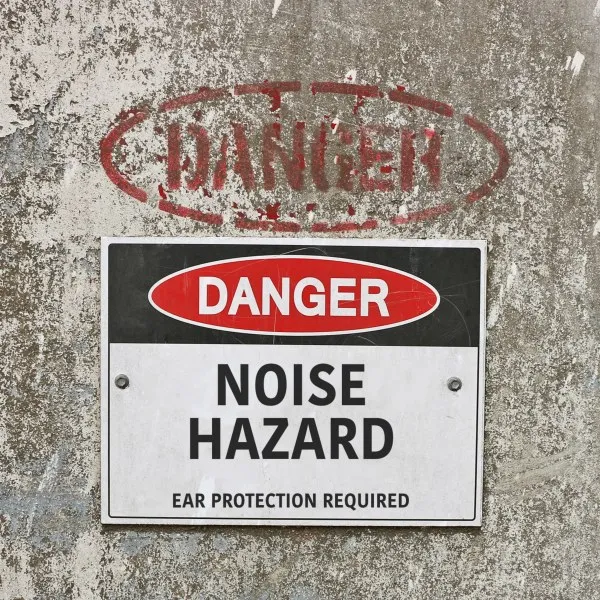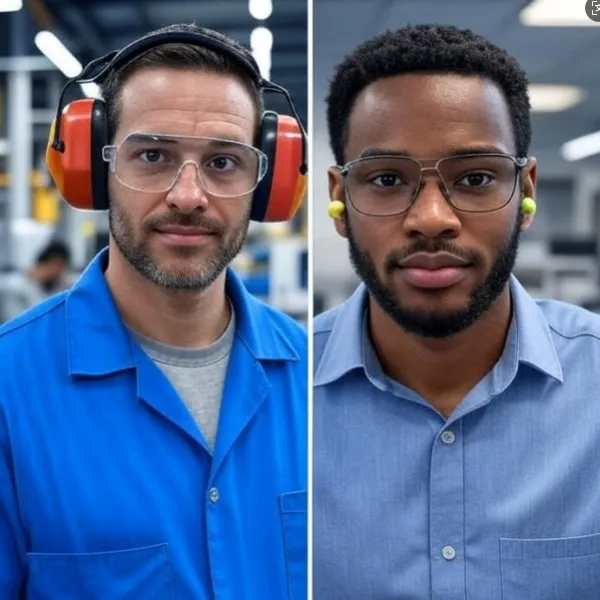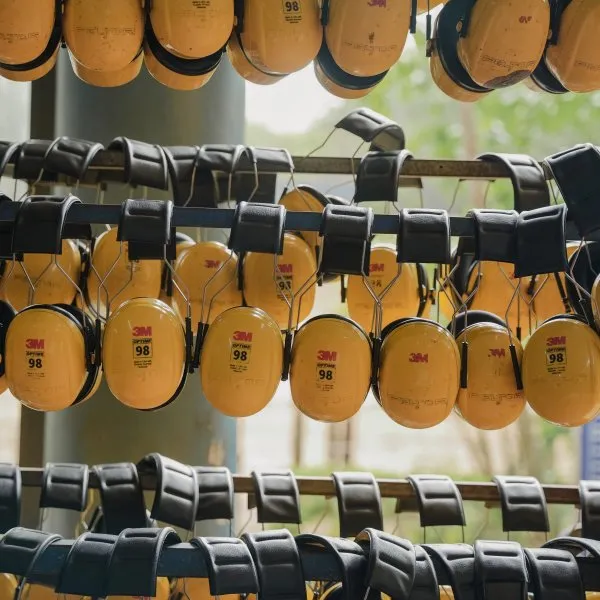
Over 22 million workers are exposed to hazardous noise each year, putting them at risk for noise-induced hearing loss (NIOSH). In environments with high noise levels (85–110 dB), using the correct hearing protection device can prevent permanent hearing damage.
This article helps B2B buyers, such as safety managers and procurement officers, choose the best hearing protection for their teams. We'll explore the key differences between earmuffs and earplugs, and provide actionable recommendations tailored to your team's needs.

In industrial environments like factories, construction sites, and manufacturing facilities, workers are exposed to noise levels exceeding 85 dB—the threshold recommended by OSHA for an 8-hour workday.
While noise-induced hearing loss is largely preventable, many workers remain exposed due to inadequate or improper hearing protection.
Selecting the right hearing protection device is not only essential for compliance with safety regulations but also critical to ensuring the health and productivity of the workforce.


Earmuffs provide superior protection for workers exposed to high, consistent noise levels. For example, a study published by NIOSH on noise control in the construction industry highlighted how earmuffs significantly reduced the risk of hearing loss in workers exposed to heavy machinery noise.
For noise levels around 80–90 dB, such as in office environments or during travel, earplugs are ideal. They are portable, easy to use, and effective for short-term use. However, they may cause discomfort during prolonged wear, especially if not properly fitted.
Earmuffs are visible and easy to check for compliance, making them an ideal choice for environments where regular inspections are required. In contrast, earplugs require ongoing training to ensure they are inserted correctly to achieve optimal noise reduction.


Source: 3M
Earmuffs excel in high-noise, long-wear scenarios like factories, while earplugs are ideal for mobility and short-term use. Consider your team’s noise exposure, environment, and wear time to select the best protection.